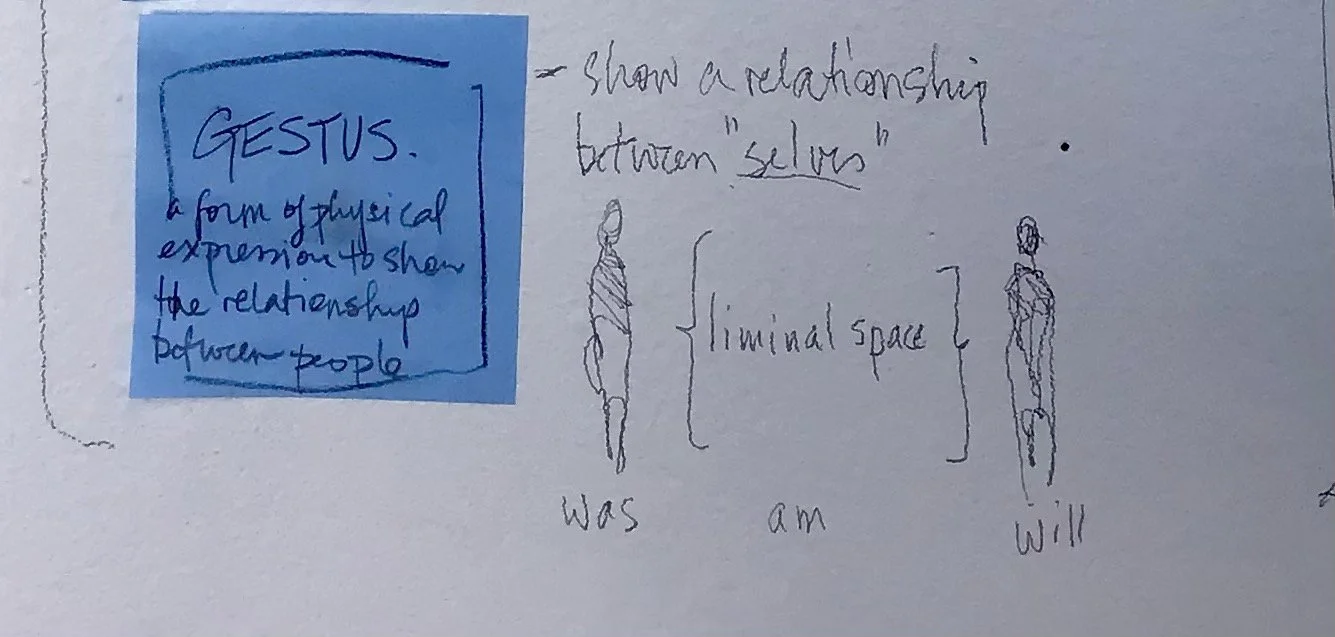From Theatre to Painting
Bertoldt Brecht’s epic theatre works to remind you that you are watching something staged, something artificial. In the early 20th century this differed wildly from the naturalistic theatre on offer, a theatre that was meant to emotionally connect you to the characters and the story and suspend your disbelief for the magical duration of the performance. Instead of casting a spell, Brecht worked to make the audience think critically about what was being put forth on the stage.
To do this, Brecht employed a series of conventions that drew the audience’s attention to the ideas being put forth in the play: bright, clinical lighting, didactic texts as part of the stage design, characters referring to themselves as a character, telling the audience what they, as the character, will do next- almost stage directing themselves- much breaking of the fourth wall. Most importantly to my figurative work, the actors perform character-specific gesture or “gestus” to convey their persona or state of mind.
At my residency at Hospitalfield, I sorted through Brecht’s epic theatre conventions and linked his ideas to my figurative work around changing ones mind. Here are my notes on the studio wall: Blue Post-it notes are Brecht’s original ideas and the scribbles my ideas as to how to translate them into painting. Scroll through to read each translation from theatre to painting:
I outlined a process to work collaboratively with my co-residents. First I asked them to find a pose or gesture that best expresses a mindset they have that they feel keeps them stuck in a way of thinking. I did a quick paint study of them in this pose. That painted study became the focus of a series of questions they wrote responses for- the thinking being that responding to a painted image of yourself allows for a greater objectivity in how you see yourself.
Each collaborator wrote their answers while looking at the painting.
The questions:
Objectively as you can, and taking in the whole image, describe the person that you see. Start with “I see… “
Put this person in a context – write some words about the space, objects near them. Is there a motto, a chunk of dialogue spoken around this person?
What are the words the person themself is saying/thinking?
Shift this person into a pose or gesture that reflects the change they are seeking. Give them stage directions to get to this position.
Their answers to these questions formed the text in the finished paintings.









